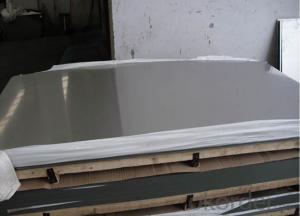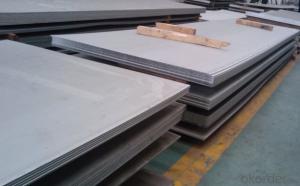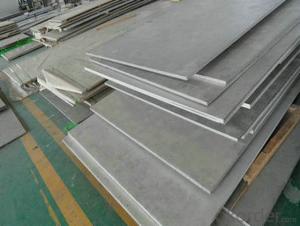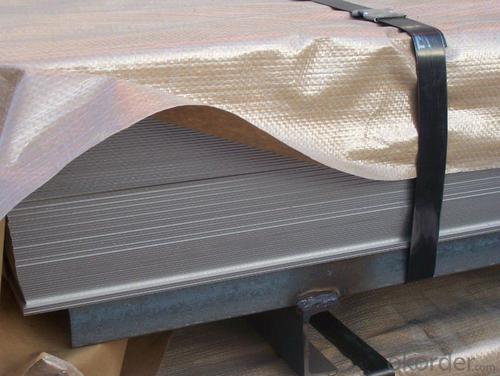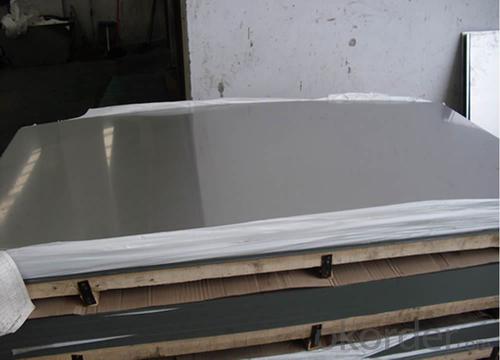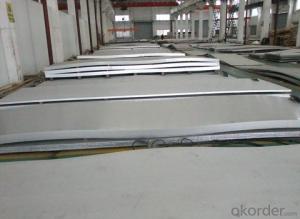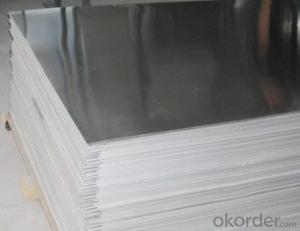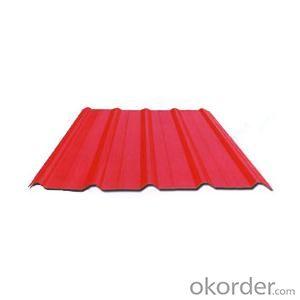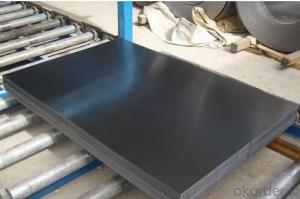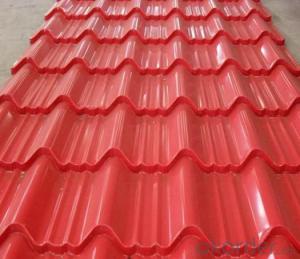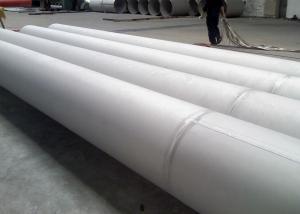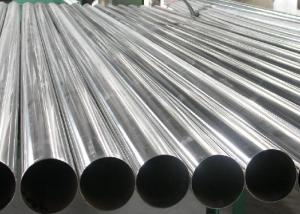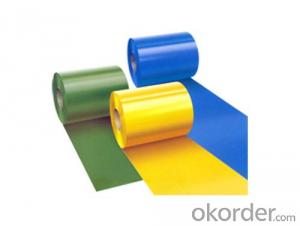Stainless Steel sheet and plate with New Technology
- Loading Port:
- Shanghai
- Payment Terms:
- TT OR LC
- Min Order Qty:
- 10000 m.t.
- Supply Capability:
- 5000000 m.t./month
OKorder Service Pledge
OKorder Financial Service
You Might Also Like
Specifications of stainless steel
304 stainless Steel Plate
stainless steel plate,steel sheet,steel plate
Standard: ASTM,GB,DIN,JIS,ISO,EN,etc.
TISCO stainless Steel Plate 304/NO.1 finished
stainless steel plate,steel sheet,steel plate
Standard: ASTM,GB,DIN,JIS,ISO,EN,etc.
Delivery short and low cost advantage.
Description of stainless steel:
stainless steel plate,hot rolled stainless steel plate,cold rolled stainless steel plate,stainless steel sheet,steel sheet,sheet
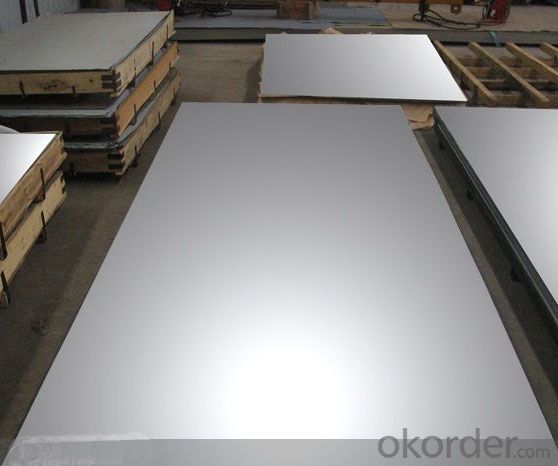

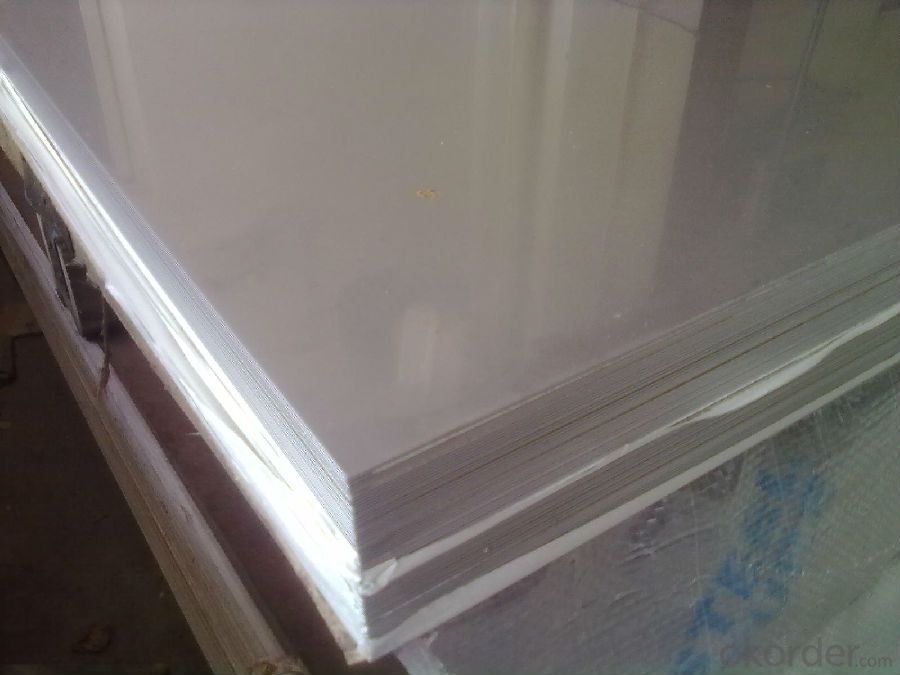


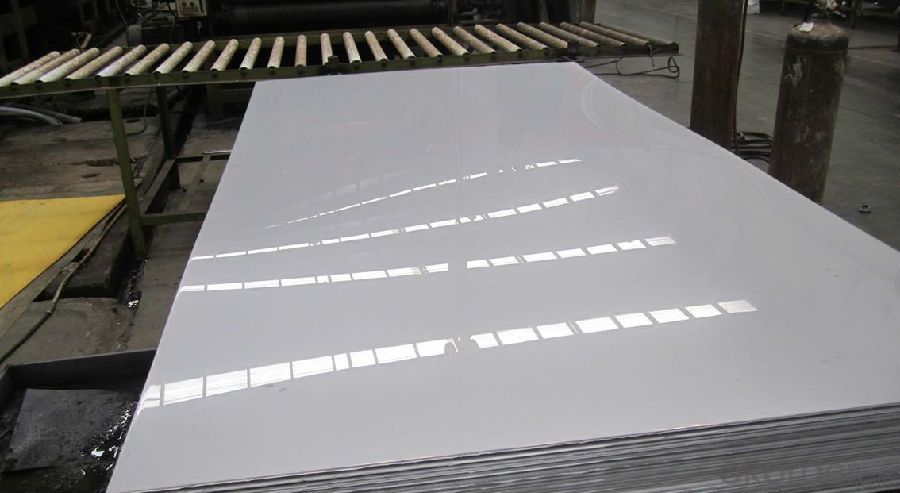
Material of stainless steel:
304,304L,309S,310S,316,316L,316Ti,317L,317L,321,347H,409,409L,410S,420,430,201,202,etc.
Thickness of stainless steel:
From 0.3mm to 100mm
Width of stainless steel:
1000mm,1219mm,1250mm,1500mm,1800mm,2200mm,2500mm or as your requirement
Length of stainless steel:
2000mm,2438mm,2500mm,6000mm,6096mm or as your requirement
Application of stainless steel:
Stainless steel plate applies to construction field, ships building industry, petroleum & chemical industries, war and electricity industries, food processing and medical industry, boiler heat exchanger, machinery and hardware fields. Our company has cooperative relation between the domestic agents. Stainless steel plate can be made accordingto the customers requirements. Fasten delivery. Quality assured.Welcome to order more.
Contacts
If you have any question,please feel free to contact us.
- Q: How do you remove rust from stainless steel sheets?
- To remove rust from stainless steel sheets, you can try using a mixture of baking soda and water to create a paste. Apply the paste to the affected area and gently scrub it with a non-abrasive cloth or sponge. Rinse thoroughly with water and dry the sheets completely. Additionally, you can use white vinegar or lemon juice by applying it directly to the rust spots and letting it sit for a few minutes before scrubbing and rinsing.
- Q: What is the maximum temperature that stainless steel sheets can withstand?
- The maximum temperature that stainless steel sheets can withstand depends on the specific grade or alloy of stainless steel being used. However, most stainless steel sheets can typically withstand temperatures of up to around 1500 degrees Fahrenheit (815 degrees Celsius) before experiencing significant structural or mechanical changes.
- Q: Can stainless steel sheets be used for outdoor sculptures?
- Yes, stainless steel sheets can be used for outdoor sculptures. Stainless steel is known for its durability, resistance to corrosion, and ability to withstand harsh weather conditions, making it a suitable material for outdoor sculptures that need to be exposed to the elements.
- Q: How do stainless steel sheets differ from other types of metal sheets?
- There are several ways in which stainless steel sheets are different from other types of metal sheets. To begin with, stainless steel is an alloy that contains at least 10.5% chromium. This chromium content creates a protective layer of chromium oxide on the metal's surface, giving it a high resistance to corrosion and staining. This sets stainless steel sheets apart from other metals as they can endure exposure to harsh environments, chemicals, and moisture without deteriorating. Additionally, stainless steel sheets provide excellent strength and durability. Due to their composition, they are highly resistant to heat, impact, and wear. This makes them suitable for a wide range of applications, including automotive, construction, and industrial settings, where strength and endurance are crucial. Another significant difference is the aesthetic appeal of stainless steel sheets. They have a modern and sleek appearance that is highly sought after in architectural and interior design projects. Stainless steel sheets can be easily polished to achieve a mirror-like finish, adding an elegant touch to any space. Furthermore, stainless steel sheets are known for their hygiene and cleanliness. They have a non-porous surface that does not absorb moisture, making them resistant to bacteria, mold, and other contaminants. This makes stainless steel sheets the preferred material for kitchen appliances, food processing equipment, and medical devices. Lastly, stainless steel sheets offer high levels of customization. They can be manufactured in various thicknesses, sizes, and finishes to meet specific requirements. Additionally, stainless steel can be easily formed, welded, and fabricated, allowing for creative designs and customization options. In conclusion, stainless steel sheets stand apart from other metal sheets due to their exceptional corrosion resistance, strength, durability, aesthetic appeal, hygiene, and customization options. These unique characteristics make stainless steel sheets a versatile and reliable choice for a wide range of applications.
- Q: Can stainless steel sheets be used for water treatment equipment?
- Indeed, water treatment equipment can indeed utilize stainless steel sheets. The exceptional resistance of stainless steel to both corrosion and oxidation renders it an optimal substance for water treatment purposes. In fact, it is frequently employed for the construction of tanks, pipes, valves, and other essential components within water treatment systems. Due to its durability and hygienic attributes, stainless steel proves itself capable of handling diverse forms of water, ranging from potable water to wastewater and industrial process water. Furthermore, stainless steel's effortless cleaning and maintenance procedures guarantee the longevity and effectiveness of water treatment equipment.
- Q: What are the different types of stainless steel sheet finishes available?
- There are several different types of stainless steel sheet finishes available, each with its own unique characteristics and applications. Some of the most common finishes include: 1. No. 1 Finish: This is the most basic type of stainless steel sheet finish, also known as hot rolled or annealed and pickled finish. It has a rough, dull appearance with a non-reflective surface. It is commonly used in industrial applications where aesthetics are not a primary concern. 2. No. 2B Finish: This is a smooth, semi-reflective finish that is achieved by cold rolling, annealing, and pickling. It has a slightly glossy appearance and is commonly used for applications where a moderate level of corrosion resistance is required. 3. No. 4 Finish: This finish is achieved by polishing the stainless steel sheet with a fine abrasive material. It has a brushed appearance with a low gloss finish. It is often used in architectural and decorative applications, such as kitchen appliances, countertops, and elevator panels. 4. No. 8 Finish: Also known as a mirror finish, this is the most reflective stainless steel sheet finish available. It is achieved by polishing the surface with progressively finer grits until a mirror-like finish is achieved. It is commonly used in decorative applications, such as architectural accents, signage, and ornamental pieces. 5. Satin Finish: This finish has a smooth, satin-like appearance with a low to medium gloss level. It is achieved by using a combination of brushing and polishing techniques. It is often used in applications where a balance between aesthetics and functionality is desired, such as kitchen equipment, sanitary appliances, and automotive trim. 6. Bead Blasted Finish: This finish is achieved by blasting the surface of the stainless steel sheet with glass beads at high pressure. It creates a uniform, matte appearance with a subtle texture. It is commonly used in architectural and interior design applications, such as wall panels, elevator doors, and furniture. 7. Embossed Finish: This finish is achieved by imprinting a pattern onto the surface of the stainless steel sheet using a mechanical process. It creates a textured appearance that can range from subtle to dramatic, depending on the pattern. It is often used in decorative applications, such as wall cladding, signage, and decorative panels. These are just a few examples of the different types of stainless steel sheet finishes available. The choice of finish depends on the specific requirements of the application, including aesthetics, corrosion resistance, and functionality.
- Q: What's the thinnest stainless steel plate in China?
- Performance analysis of stainless steel plate:High temperature oxidation resistance: stainless steel plate has high temperature oxidation resistance, but the oxidation rate will be affected by exposure environment and product form and other inherent factors.Physical properties: the total heat transfer coefficient of metals depends on other factors as well as the thermal conductivity of metals. In most cases, the heat dissipation coefficient of the film, the surface conditions of the rust and metal. Stainless steel keeps its surface neat, so its heat transfer is better than other metals with higher thermal conductivity.
- Q: Can stainless steel sheets be used for jewelry?
- Certainly, jewelry can indeed be made using stainless steel sheets. The jewelry industry favors stainless steel as it boasts durability, rust and corrosion resistance, and affordability. It is frequently employed in crafting an array of jewelry items such as rings, bracelets, earrings, necklaces, and pendants. By shaping, cutting, and polishing stainless steel sheets, one can create distinctive and fashionable jewelry designs. Furthermore, stainless steel jewelry is hypoallergenic, rendering it an exceptional choice for those with sensitive skin. In conclusion, stainless steel sheets are a versatile and pragmatic material for crafting exquisite and enduring jewelry pieces.
- Q: What are the different types of surface finishes for stainless steel sheets?
- Stainless steel sheets come in a variety of surface finishes, each with its own unique characteristics and appearances. Here are some of the most commonly used finishes: 1. The No.1 Finish, also known as hot rolled or annealed finish, is the most basic stainless steel finish. It has a rough, dull appearance with visible grain lines. This finish is typically used for industrial applications where aesthetics are not a priority. 2. The No.2B Finish is achieved by cold rolling the stainless steel sheet and then annealing it in a controlled atmosphere. This results in a bright, smooth finish with a semi-reflective appearance. It is often used for kitchen appliances, decorative trim, and architectural purposes. 3. The No.4 Finish is obtained by brushing the stainless steel sheet with abrasive materials, giving it a uniform, satin-like appearance. It is popular in commercial kitchens, elevator panels, and decorative applications that require a visually appealing and easy-to-clean surface. 4. The No.8 Mirror Finish is the most reflective surface finish available for stainless steel sheets. It involves polishing the surface to a mirror-like shine using progressively finer abrasives. This finish is commonly seen in decorative applications like architectural features, automotive trim, and jewelry. 5. The Hairline Finish is achieved by sanding the stainless steel sheet with fine abrasives in a consistent linear pattern. This creates a textured, brushed appearance and is often used for decorative purposes such as wall cladding, furniture, and signage. 6. The Bead Blasted Finish is achieved by bombarding the stainless steel sheet with small glass beads at high pressure, resulting in a uniform, matte texture. It is commonly used in architectural applications like column covers, elevator doors, and facade panels. These are just a few examples of the different surface finishes available for stainless steel sheets. Each finish offers its own visual effects, textures, and levels of reflectivity. The choice of finish depends on the desired aesthetic, functionality, and requirements of the application.
- Q: How do you prevent galling when using stainless steel sheets?
- To prevent galling when utilizing stainless steel sheets, there are several precautions that can be taken: 1. Lubrication: Apply an appropriate lubricant or anti-seize compound to the contact surfaces in order to decrease friction. This will establish a barrier between the stainless steel sheets, preventing sticking and galling. 2. Ensure proper surface finish: Verify that the stainless steel sheets possess a smooth surface finish. Rough or uneven surfaces heighten the likelihood of galling. Consider implementing sheets with a polished or finely ground finish to minimize the chance of galling. 3. Regulate contact pressure: Refrain from applying excessive pressure when working with stainless steel sheets. Excessive pressure generates heat and intensifies friction, leading to galling. Adjust the pressure to a level that allows for smooth movement without excessive friction. 4. Decrease sliding or rubbing: Diminish the amount of sliding or rubbing between stainless steel sheets. If feasible, employ rolling or lifting techniques instead of dragging or sliding the sheets against each other. This will minimize the risk of galling by reducing the contact area and friction. 5. Utilize compatible materials: When utilizing stainless steel sheets in conjunction with other materials, ensure compatibility. Certain materials, such as aluminum or specific coatings, can promote galling when in contact with stainless steel. Opt for materials that are less prone to galling or utilize protective coatings to prevent direct contact. 6. Avoid excessive heat: Excessive heat heightens the likelihood of galling in stainless steel sheets. Guarantee that the temperature is controlled and does not reach levels that could significantly heat up the sheets. This can be achieved through proper cooling methods or by implementing heat-resistant materials, if necessary. By adhering to these preventative measures, the risk of galling when utilizing stainless steel sheets can be significantly reduced. This will result in smooth operation and prolong the lifespan of the sheets.
Send your message to us
Stainless Steel sheet and plate with New Technology
- Loading Port:
- Shanghai
- Payment Terms:
- TT OR LC
- Min Order Qty:
- 10000 m.t.
- Supply Capability:
- 5000000 m.t./month
OKorder Service Pledge
OKorder Financial Service
Similar products
Hot products
Hot Searches
Related keywords

